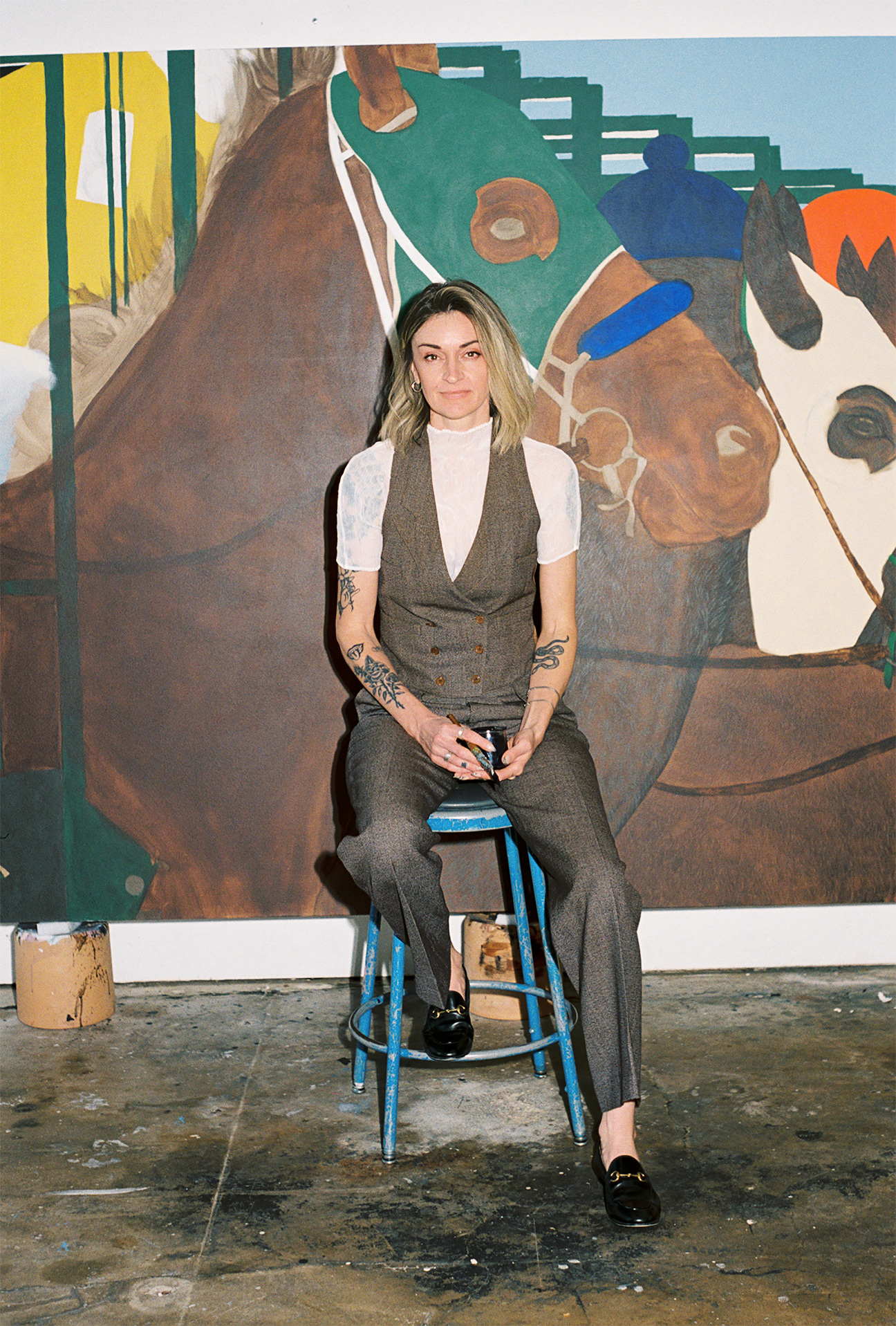
Imagine a world that is highly competitive and stylized, where a cast of elite characters moves around the globe like a traveling circus, putting on a show—and showing off for one another—at each stop along the route. It costs a lot of money to play this game, but for the lucky few, the payoff can be huge.
Wait—are we talking about the art world or the equestrian world? As a competitive horseback rider for 20 years and an art professional, I am highly aware of the overlap. And it is what draws me to the work of the artist Sarah Miska, who paints horse tails, manes, and riders with a heavy dose of drama and tension.
Miska, whose latest exhibition at Lyles & King, “Twist to strengthen,” runs through May 10, is, at 41, finally claiming the title of artist as her full-time profession after spending years working odd jobs to support herself and her burgeoning family. (The two-person show presents her work alongside that of Carla Edwards.)
I had the opportunity to catch up with Miska in the midst of her installation process to discuss the parallels between riding and art, the relevance of cowboys and horses in contemporary culture, and the one piece of advice we often share with younger artists.
I'm an avid horseback rider, and I compete nationally. When dealing with animals in general, you're dealing with surprise. Animals change their minds all the time, and they’re unpredictable teammates. You rode as a child; what brought you back, in your art career, to focus so much on horses when that's seemingly a part of your past?
The origin was this fantasy of being a child who adored horses. A lot of people from my generation grew up with [illustrator] Lisa Frank, and with [the movie] Wild Hearts Can't Be Broken, which was my go-to over and over. I had a crush on the leads. I thought I was going to be a horse diver when I grew up. My parents were so sweet and bought me a horse named Beep for $1,000. He was slow and would fart around the rink. He was a training horse for new riders. My parents couldn't keep up with the expenses of a horse. It was this thing we couldn't have, but I always wanted, and it became this aspirational goal to be the girl who had the cool bun with the little nets that they wear in their hair.
I wear that net. I know that net.
I love that net. It's so creepy when it's off, and it's the funniest little accessory, but it does the job.
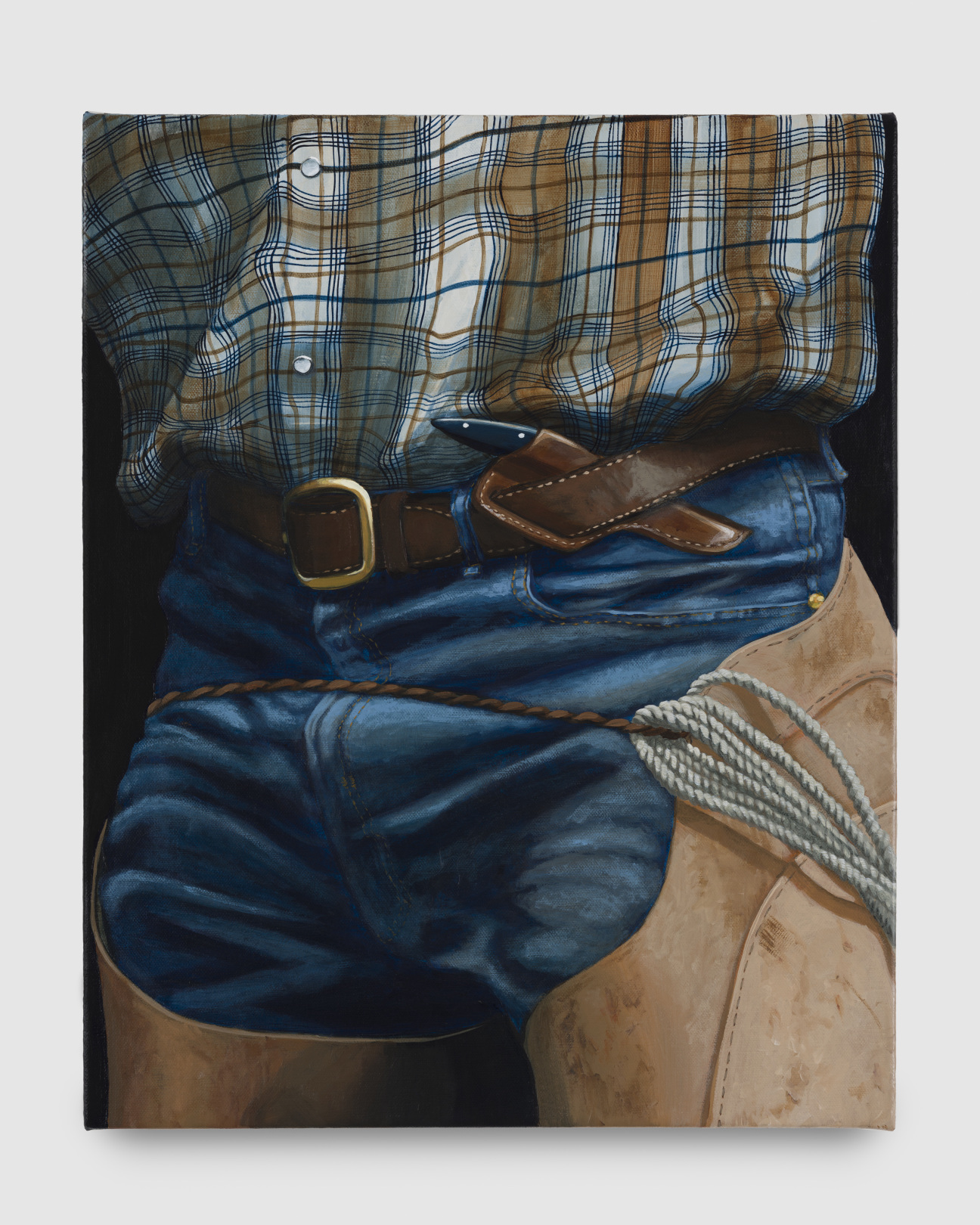
You talk about finances, and I'm familiar with that feeling of even when you do have the horse, and you're at the horse show, someone else has six horses. But on the flip side of it, there's this dreamer aspect of horseback riding, which is that you're going to win the big racing pot, you're going to win that horse show, you're going to make all that money back, and it's all going to be worth it. In your work, I love the way you use composition and the way you frame the paintings—it's almost that split instant, right before or maybe right at that moment of winning the ribbons. Are you playing on that aspiration, that dreamer aspect of the sport?
My last show with Night Gallery was about having everything to lose. It was about horse racing, which is completely different from riding equestrian or jumping. It's a different concept to bet, and you do have everything to lose as the owner or the jockey. It's this incredibly competitive sport, and anyone can win. It could be luck. It could be an injury. You have so much risk. I was in a place at the time where I was viewing my career in that sense, too. I had quit my day jobs. It felt like a scary moment where I was betting on myself.
I do think they’re similar. With riding, it's one in a million that is successful. You have a window of time when the horse is available to compete. Similarly, to be a successful artist, you have to meet the right [dealer] at the right time and join their program, and the right person has to see it, and the right collection has to buy it… It is a game of luck, and you're dealing with such subjectivity. There is that element where everything has to line up.
Absolutely. It is that chance of someone loving your work and believing in it and then promoting it. I feel lucky that I had Night Gallery, which took an interest in me early, but there were a bunch of people who were jumping on it immediately. It was intimidating to have to make a decision on which gallery to choose. I just went with my gut—somewhere that was caring and empathetic and also great at business.
Even when I was introduced to your work through the gallery, it was so relaxed. They were like, “Hey, you ride horses. This could be an interesting artist for you. Zero pressure. We've got plenty of people who are interested.” As a collector, I get people telling me, “You should buy it now, or you are not going to get one.” It's important to have galleries that are not only focused on their artists, but also focused on their clients—understanding I'm a horse girl and then connecting me to their horse-girl artists. That's a perfect marriage.
I truly feel that I have a healthy relationship. It's not the kind of operation where they say we're family, and they're abusing their artists. It's, “No, we say we're family, and we want to include you in our bowling event or want to go to [Night Gallery founder] Davida [Nemeroff’s] pool.”
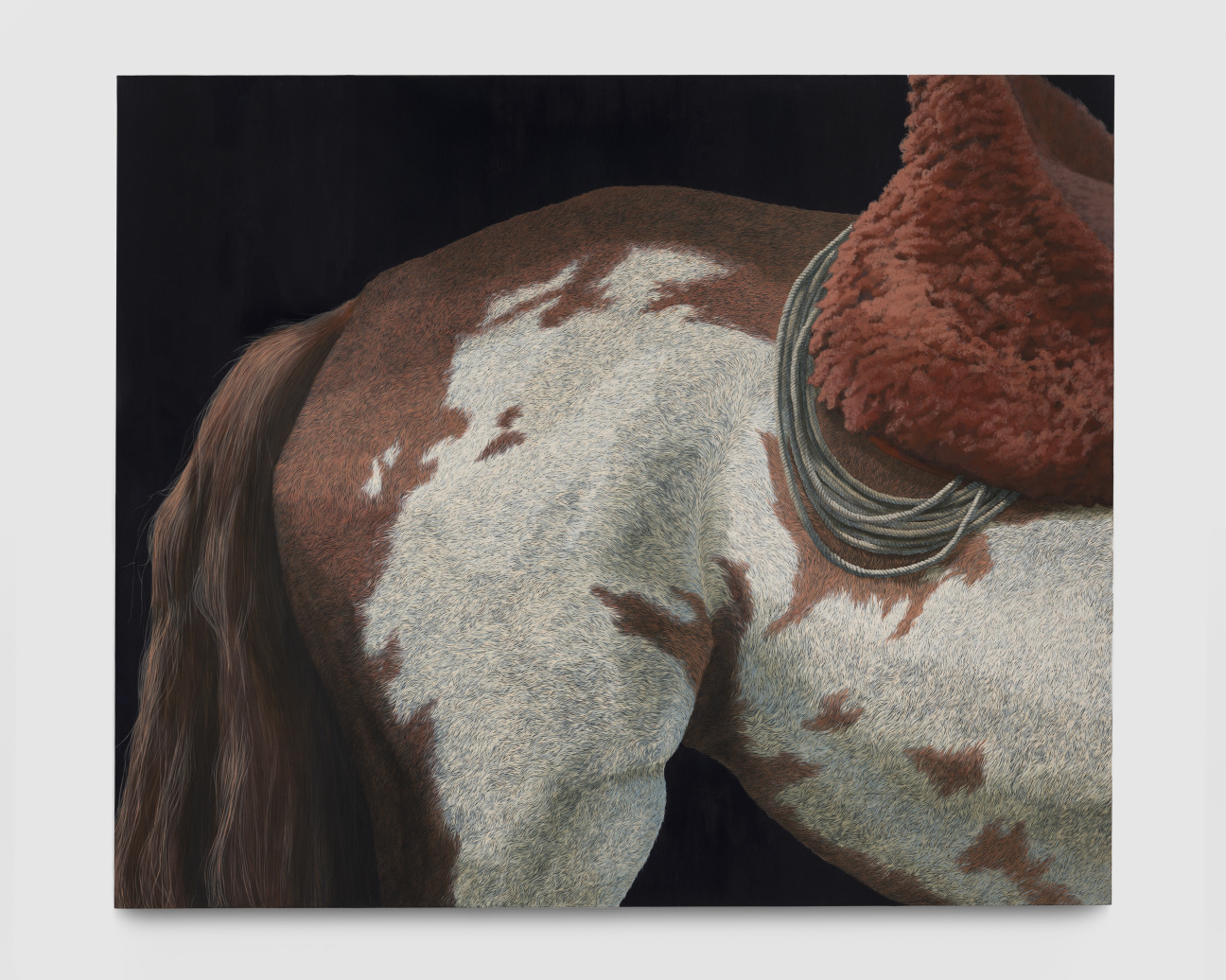
I have plenty of examples, even as a client, where I've been called family and have been screwed over.
Exactly. “Family” is a manipulative word to use, and you have to be careful when using it.
Art and riding are very expensive worlds. You have a lot of people who are trying to make money in the margins or trying to cut themselves in. Whether it's doping, or gallerists going to jail for stealing from their seemingly oblivious clients who are not so oblivious after all—it’s about, where can everyone make a buck? You’ve got to find the right people to trust.
This whole dynamic was a learning curve in the beginning, but I've also been assisting artists for so many years that I've seen it. My career is still growing, and I'm still hunting. I'm 41, and everything feels very fresh to me. If I were a little younger, I probably would view myself as a seasoned artist, but I've been making art for 20-plus years of my life and this is finally a moment where I can do this professionally. I'm celebrating it.
What I was drawn to in your work is that you're not being so explicit about what you're showing. You're giving a snippet of something, and it's almost like you have to lean into the discomfort of a race starting. You have to lean into whatever feeling you approach the painting with.
I want people to get lost in the line work that's contouring the form of the horse and the beauty of the horse. We are always trying to control our hair or the horse's hair, whether it's in competition or whatnot, but it's this thing that's completely untamable for all of us. We try our hardest, but we always have the flyaway. All my work is about control, just given the sports and what happens between the human-animal dynamic. We're going through so much hell right now, and for this show, I want an escape for all of us. We deserve a little fantasy—we're all just exhausted.
Didn't I send you one of my ribbons one time?
Yes. It was so beautiful. You have such a gorgeous horse.
Well, listen… he's a very handsome model. If you ever meet him, he's the best.
I'll take you up on that.
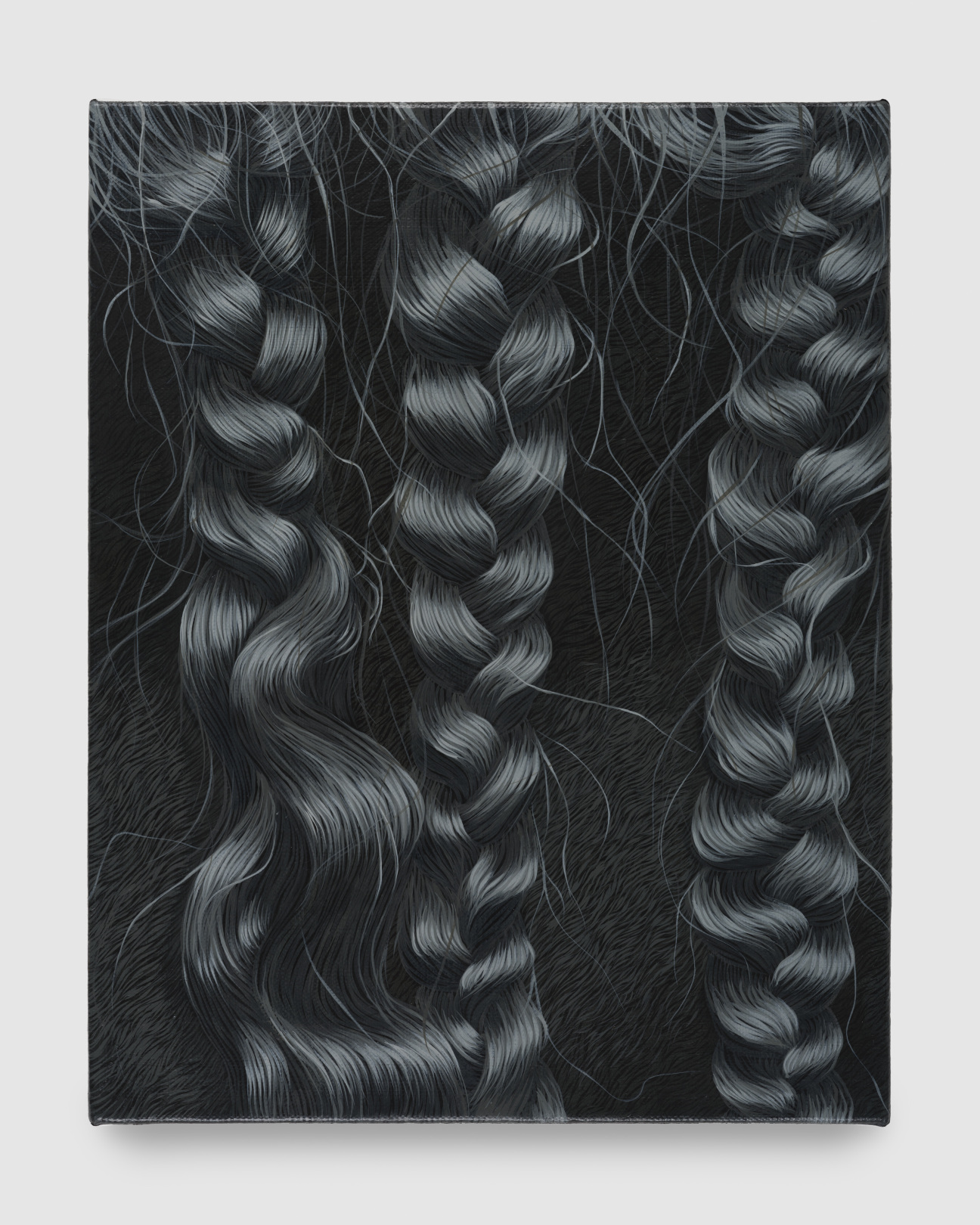
I’m curious to hear your take on how riding and the world of horses has recently become a cultural fascination—from Cowboy Carter to Bella Hadid’s rodeo career. How do you feel about this moment?
I am a little uncomfortable with it, but I know it's always been a thing. The horse symbolizes so much for every culture through time: value, status, class. We’ve always had this deep, connected relationship with the horse. I also fucking love horses, and I've been obsessed with horses since I was a child. I feel like a little girl who's getting to tap into this world that I've always wanted to be a part of. Now I get to braid the horse's tail, and it’s like I get to fulfill my fantasy and live out these childhood dreams.
I agree with you—even though I'm in it, it is crazy. I've been competing now for 20 years and riding is such a big part of my life. I have my pregame ritual. I talk to my horse. I say the same thing when I walk into the ring. But at the same time, I look around, and it's a bubble. It's not real. All these people complaining about things that I'm like, if we just stepped outside for four seconds, there's a lot more going on in the world. I live with that tension—being a horse girl is in me. I think those two things can exist simultaneously, where you can criticize a world and appreciate its beauty.
Absolutely. Feeling like an outsider in the world you're involved in is so normal. I have always felt that way, even in the art world.
I said earlier that it is one in a million to even get to where you are in the art world, but it also takes a lot of hard work. I always tell young artists that I mentor to get an MFA. I think education is the best thing you can do as an artist.
That's truly the biggest piece of advice that I’ve given anyone. I'll do studio visits with some young artists, and I'm just like, “Make work. Even if you have a job.” I've worked a 10-hour job, and I go home, and I still make my work. You need to dedicate two or three hours at night, or in the morning, or on weekends. Work your ass off.
You've created a great body of work that is a testament to that discipline. I can't relate as an artist, but I can relate when I ride because if I don't practice, you'll see me fuck up in the ring. I have one last question for you. With all this newfound success, are you going to enroll your daughter in riding?
If she takes an interest, absolutely. This kid loves everything. If she's stoked on a horse, I would absolutely do that.
It would be full circle.

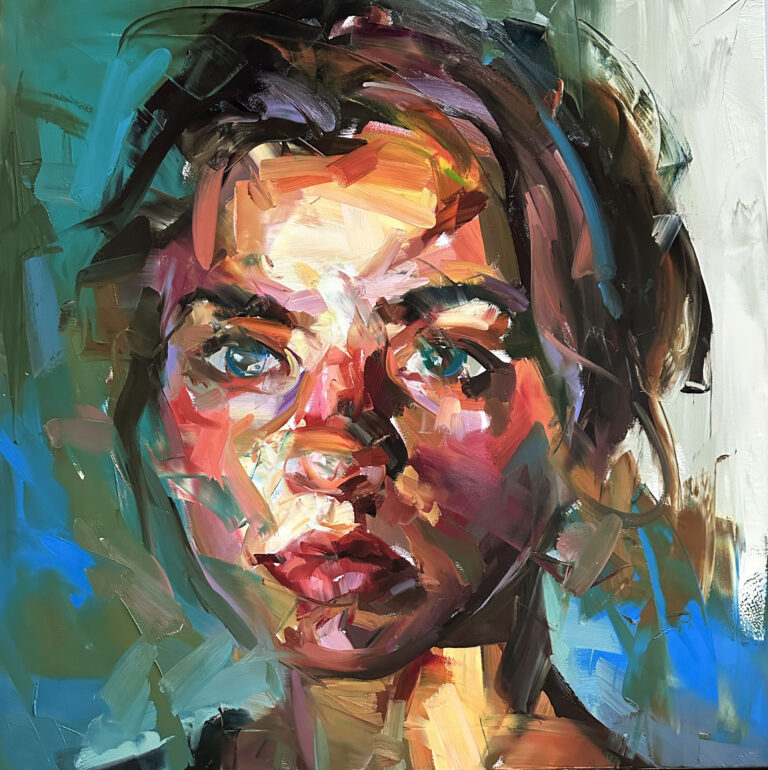

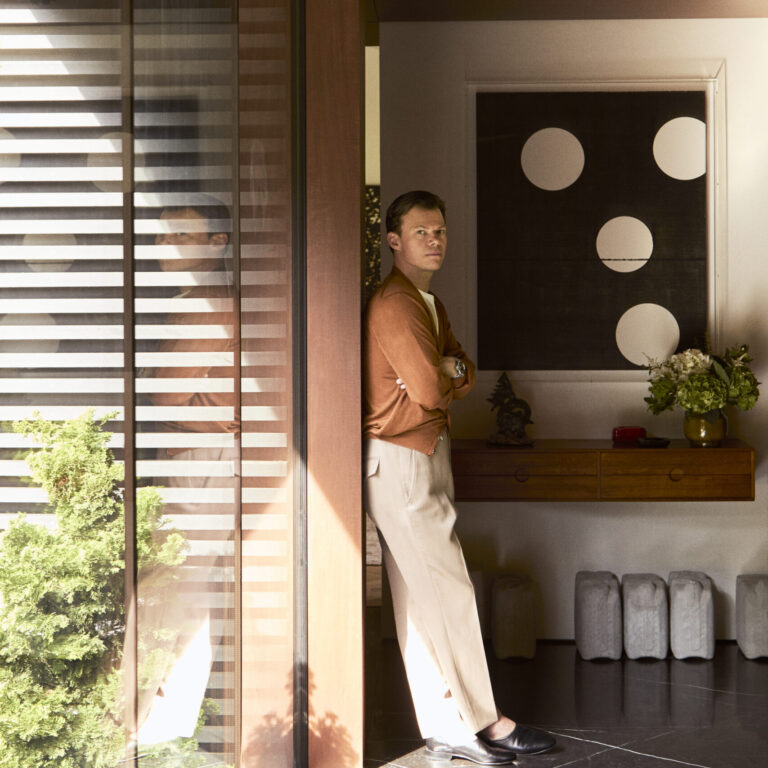
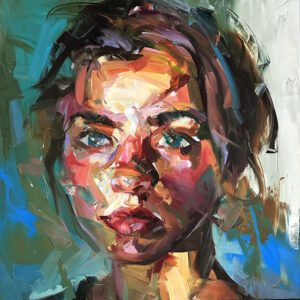
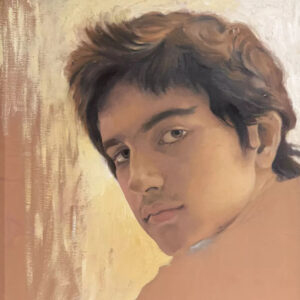
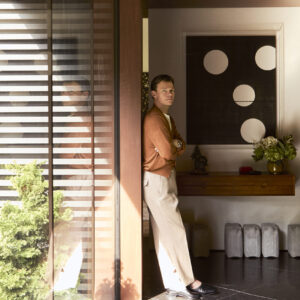



 in your life?
in your life?

